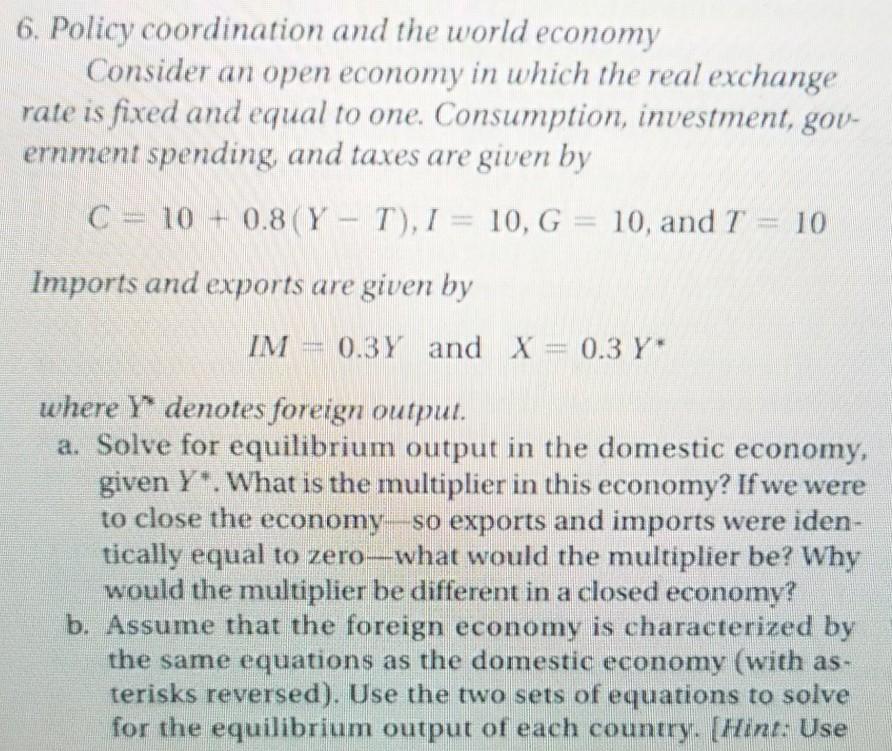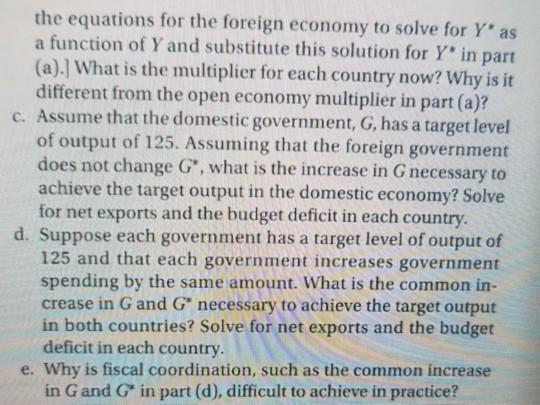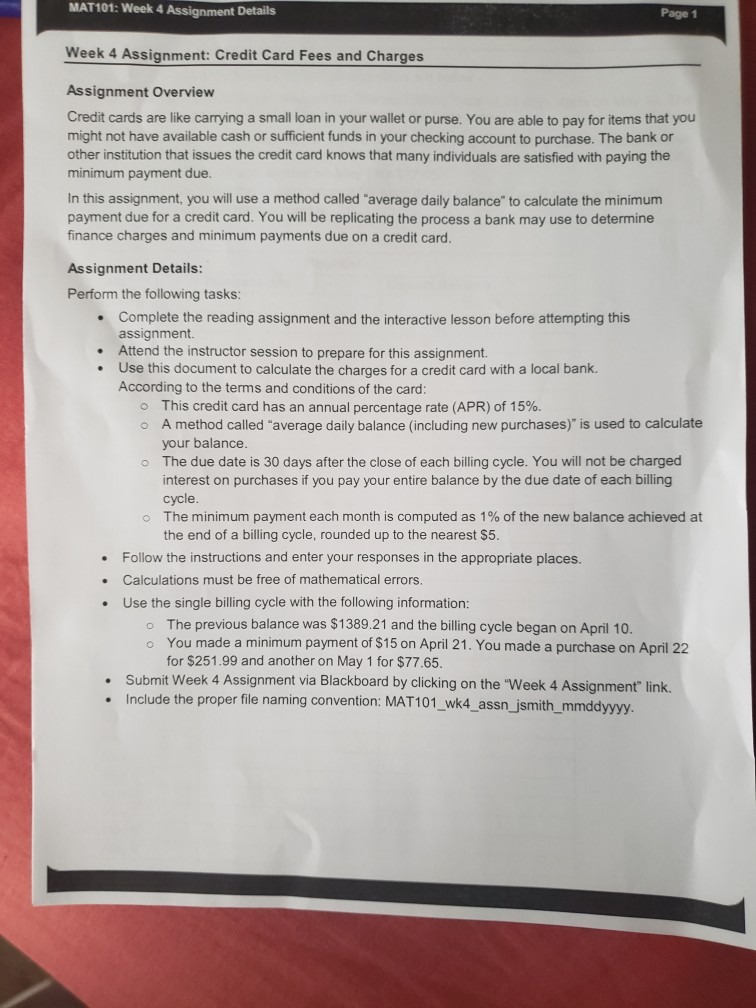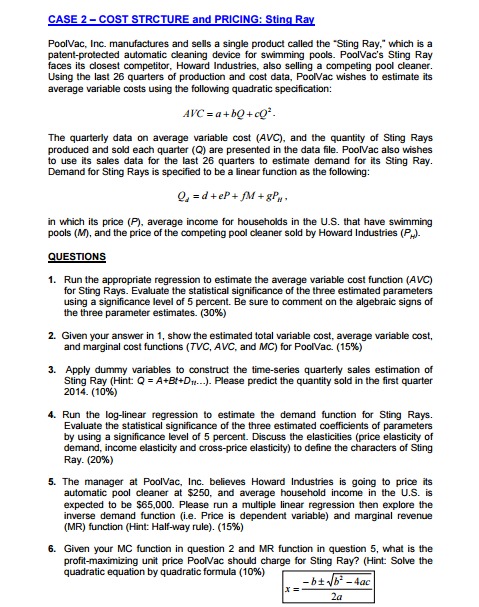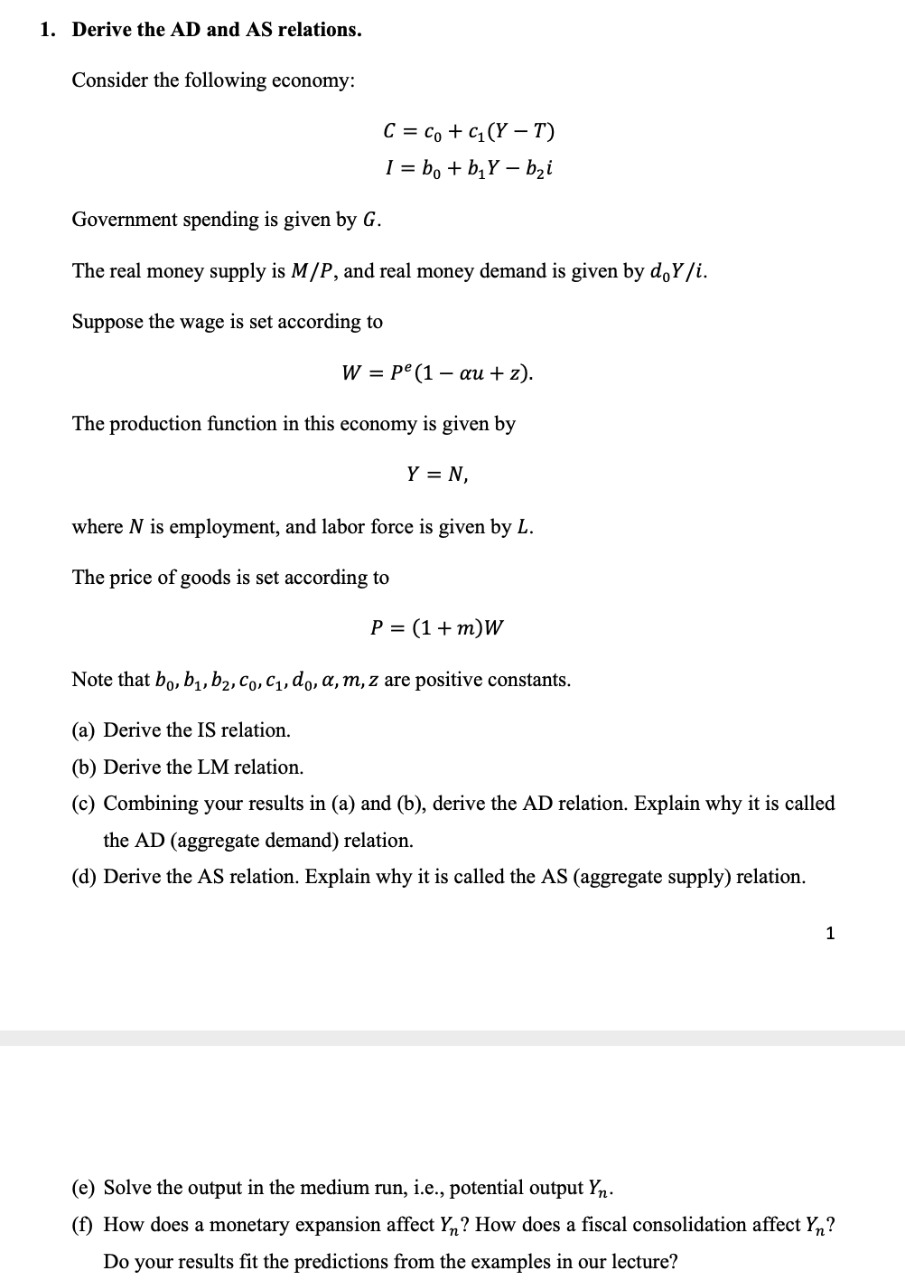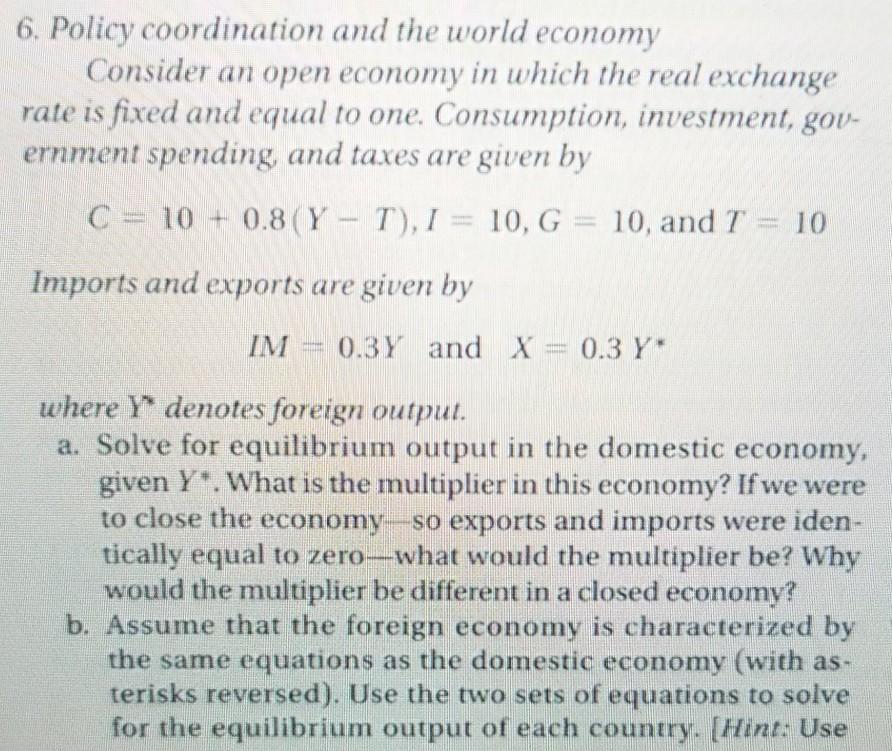
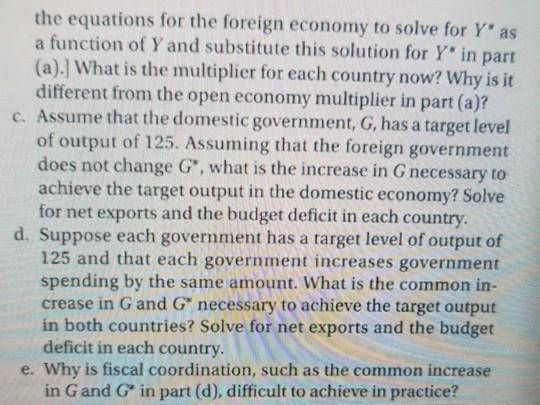
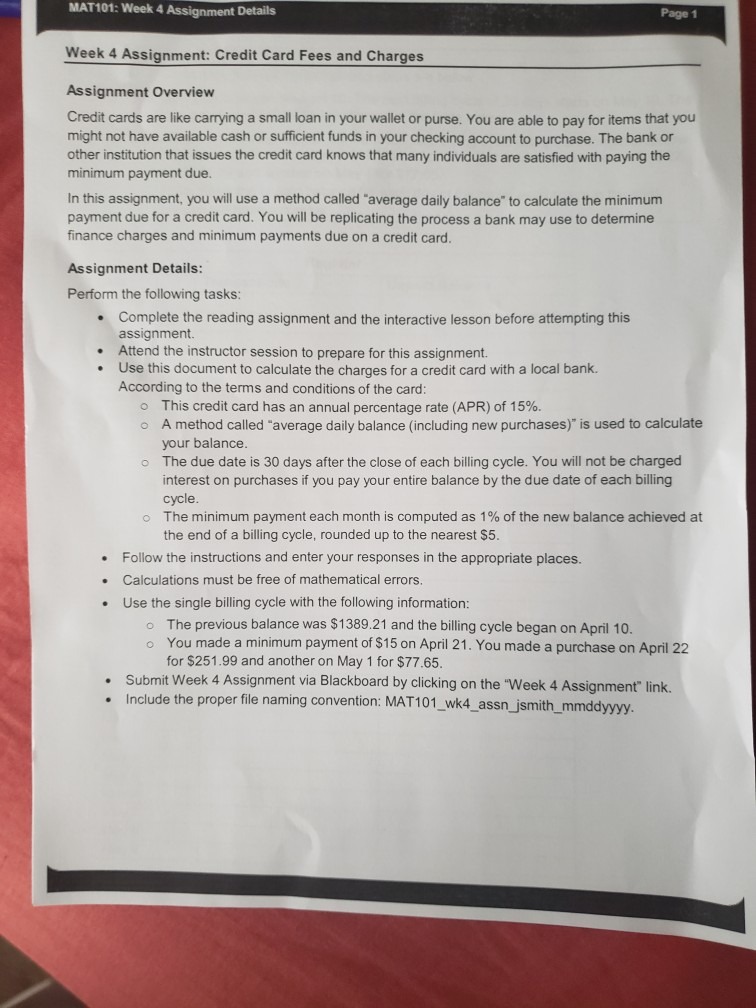
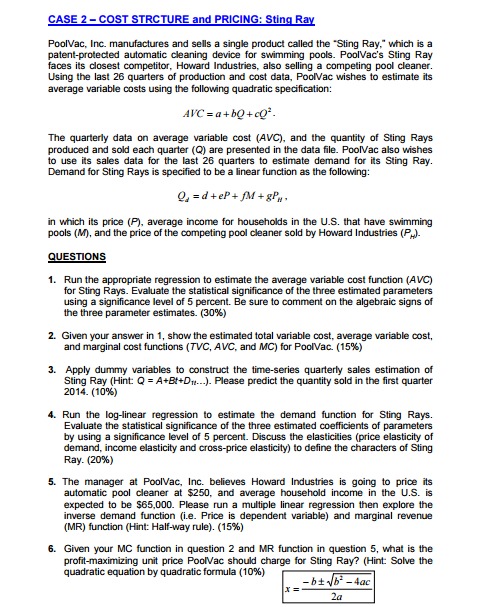

Explain the following attachments. This question is complete
6. Policy coordination and the world economy Consider an open economy in which the real exchange rate is fixed and equal to one. Consumption, investment, gov- ernment spending, and taxes are given by C = 10 + 0.8 (Y - T), I = 10, G =10, and 7 =10 Imports and exports are given by IM = 0.BY and X =03 Y where Y denotes foreign output. a. Solve for equilibrium output in the domestic economy, given Y". What is the multiplier in this economy? If we were to close the economy-so exports and imports were iden- tically equal to zero-what would the multiplier be? Why would the multiplier be different in a closed economy? b. Assume that the foreign economy is characterized by the same equations as the domestic economy (with as- terisks reversed). Use the two sets of equations to solve for the equilibrium output of each country. [Hint: Usethe equations for the foreign economy to solve for Y' as a function of Y and substitute this solution for Y* in part (a).] What is the multiplier for each country now? Why is it different from the open economy multiplier in part (a)? c. Assume that the domestic government, G, has a target level of output of 125. Assuming that the foreign government does not change G", what is the increase in G necessary to achieve the target output in the domestic economy? Solve for net exports and the budget deficit in each country. d. Suppose each government has a target level of output of 125 and that each government increases government spending by the same amount. What is the common in- crease in G and G necessary to achieve the target output in both countries? Solve for net exports and the budget deficit in each country. e. Why is fiscal coordination, such as the common increase in G and G* in part (d), difficult to achieve in practice?MAT101: Week 4 Assignment Details Page 1 Week 4 Assignment: Credit Card Fees and Charges Assignment Overview Credit cards are like carrying a small loan in your wallet or purse. You are able to pay for items that you might not have available cash or sufficient funds in your checking account to purchase. The bank or other institution that issues the credit card knows that many individuals are satisfied with paying the minimum payment due. In this assignment, you will use a method called "average daily balance" to calculate the minimum payment due for a credit card. You will be replicating the process a bank may use to determine finance charges and minimum payments due on a credit card. Assignment Details: Perform the following tasks: Complete the reading assignment and the interactive lesson before attempting this assignment. Attend the instructor session to prepare for this assignment. Use this document to calculate the charges for a credit card with a local bank. According to the terms and conditions of the card: o This credit card has an annual percentage rate (APR) of 15%. A method called "average daily balance (including new purchases)" is used to calculate your balance. The due date is 30 days after the close of each billing cycle. You will not be charged interest on purchases if you pay your entire balance by the due date of each billing cycle. The minimum payment each month is computed as 1% of the new balance achieved at the end of a billing cycle, rounded up to the nearest $5. Follow the instructions and enter your responses in the appropriate places. Calculations must be free of mathematical errors. Use the single billing cycle with the following information: o The previous balance was $1389.21 and the billing cycle began on April 10. o You made a minimum payment of $15 on April 21. You made a purchase on April 22 for $251.99 and another on May 1 for $77.65. Submit Week 4 Assignment via Blackboard by clicking on the "Week 4 Assignment" link. . Include the proper file naming convention: MAT101_wk4_assn_jsmith_mmddyyyy.CASE 2 - COST STRCTURE and PRICING: Sting Ray PoolVac, Inc. manufactures and sells a single product called the "Sting Ray," which is a patent-protected automatic cleaning device for swimming pools. PoolVac's Sting Ray faces its closest competitor, Howard Industries, also selling a competing pool cleaner. Using the last 26 quarters of production and cost data, PoolVac wishes to estimate its average variable costs using the following quadratic specification: AVC =a+bQ+cq'. The quarterly data on average variable cost (AVC), and the quantity of Sting Rays produced and sold each quarter (Q) are presented in the data file. PoolVac also wishes to use its sales data for the last 26 quarters to estimate demand for its Sting Ray. Demand for Sting Rays is specified to be a linear function as the following: 0) = d + eP + fM + gPw. in which its price (P), average income for households in the U.S. that have swimming pools (M), and the price of the competing pool cleaner sold by Howard Industries (P,). QUESTIONS 1. Run the appropriate regression to estimate the average variable cost function (AVC) for Sting Rays. Evaluate the statistical significance of the three estimated parameters using a significance level of 5 percent. Be sure to comment on the algebraic signs of the three parameter estimates. (30%) 2. Given your answer in 1, show the estimated total variable cost, average variable cost, and marginal cost functions (7VC, AVC, and MC) for PoolVac. (15%) 3. Apply dummy variables to construct the time-series quarterly sales estimation of Sting Ray (Hint: Q = A+8+Dy...). Please predict the quantity sold in the first quarter 2014. (10%) 4. Run the log-linear regression to estimate the demand function for Sting Rays. Evaluate the statistical significance of the three estimated coefficients of parameters by using a significance level of 5 percent. Discuss the elasticities (price elasticity of demand, income elasticity and cross-price elasticity) to define the characters of Sting Ray. (20%) 5. The manager at PoolVac, Inc. believes Howard Industries is going to price its automatic pool cleaner at $250, and average household income in the U.S. is expected to be $65,000. Please run a multiple linear regression then explore the inverse demand function (i.e. Price is dependent variable) and marginal revenue (MR) function (Hint: Half-way rule). (15%) 6. Given your MC function in question 2 and MR function in question 5, what is the profit-maximizing unit price PoolVac should charge for Sting Ray? (Hint: Solve the quadratic equation by quadratic formula (10%) -btob - 4ac1. Derive the AD and AS relations. Consider the following economy: c=C+C1(Y_T) I=b+b1Y_b2i Government spending is given by G. The real money supply is MVP, and real money demand is given by doY/i. Suppose the wage is set according to W=P'(1au+z). The production function in this economy is given by Y = N, where N is employment, and labor force is given by L. The price of goods is set according to P = (1 + m)W Note that ha, b1, 132, cu, c1, do, a, m,z are positive constants. (a) Derive the IS relation. (b) Derive the LM relation. (c) Combining your results in (a) and (b), derive the AD relation. Explain Why it is called the AD (aggregate demand) relation. (d) Derive the AS relation. Explain why it is called the AS (aggregate supply) relation. (e) Solve the output in the medium run1 i.e., potential output Yn. (f) How does a monetary expansion affect Yn? How does a scal consolidation a'ect 1'\"? Do your results t the predictions from the examples in our lecture





